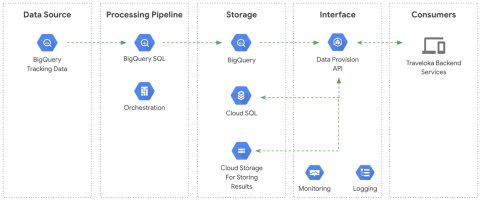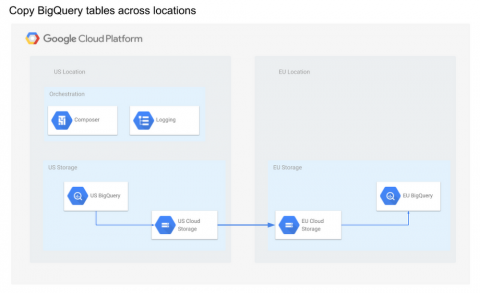BigQuery arrives in the London region, with more regions to come
BigQuery, Google Cloud’s serverless, highly scalable, low-cost, enterprise data warehouse, was designed to make data analysts productive. With no infrastructure to manage, customers can focus on analyzing data using familiar Standard SQL, while simplifying database administration and data operations. Large enterprises, mid-market growing organizations, and cloud native startups across the globe can use BigQuery to perform analytics at scale with equal ease.









